Foxgloves For A Shadier Garden: Height And Bright Color In The Border
Foxgloves are a versatile and adaptable plant, capable of thriving in various settings. Whether you’re looking for a statement piece at the back of your border or a naturalized display at the edge of a woodland garden, foxgloves can be trained to fit your design. Their ability to grow tall and produce an abundance of blooms makes them a popular choice for both town and country gardens.
For many, the sight of foxgloves in bloom is a nostalgic reminder of childhood memories, evoking a sense of simplicity and charm. Even when growing wild, foxgloves can be striking against the dark foliage of a woodland clearing, adding depth and visual interest to any landscape. With proper care, these attractive plants can be coaxed into producing an impressive display of tubular bells in shades of white, pink, purple, or yellow.
Where to Plant Foxgloves
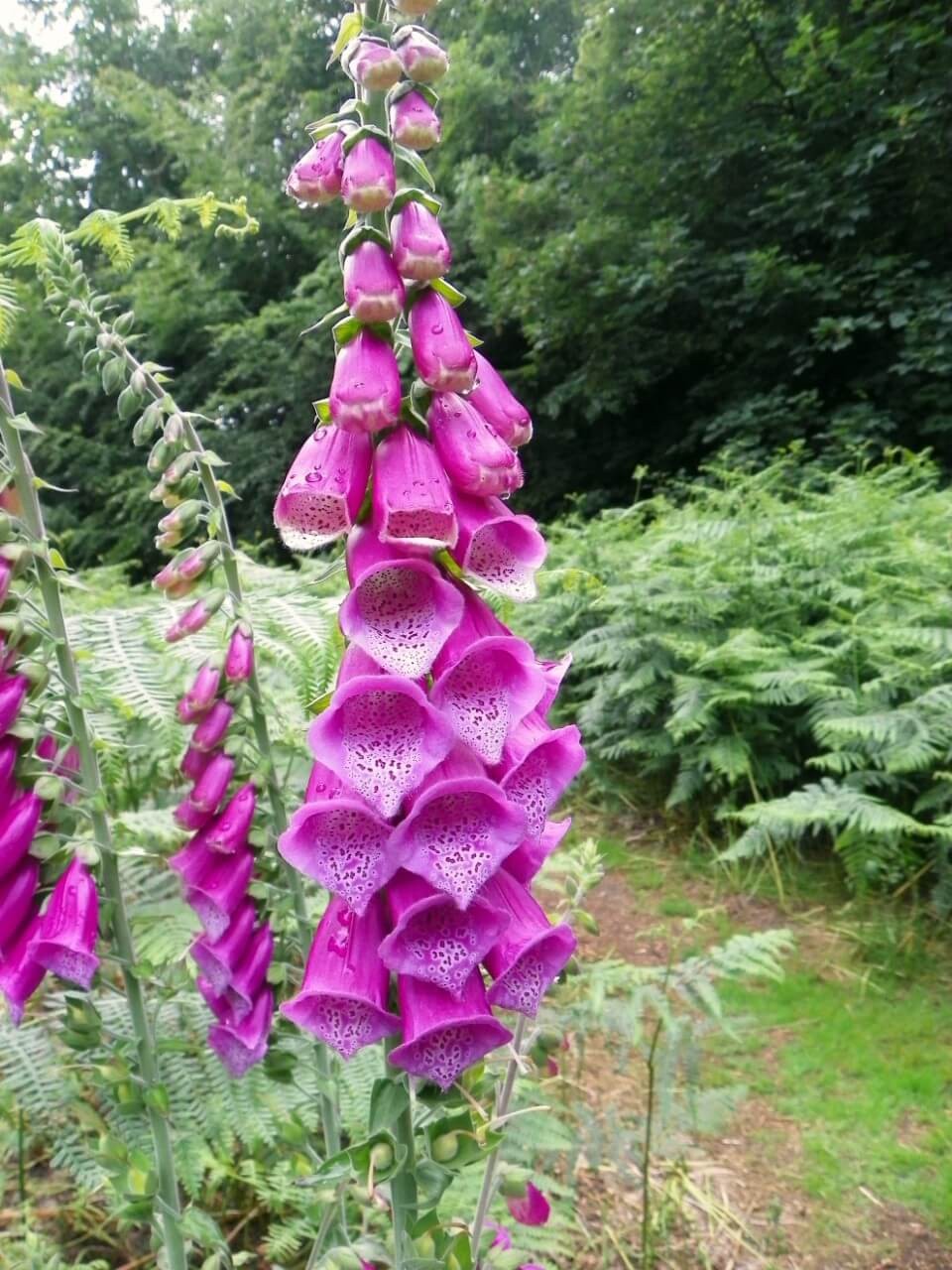
When it comes to foxgloves, it’s generally assumed that they’re biennials by nature. This characteristic allows them to self-seed beautifully, resulting in years of vibrant flowering for the gardener. To maintain a healthy and thriving population, it’s advisable to acquire a few packets of seeds each year and scatter them throughout the garden. As foxgloves are naturally at home in woodland dells and clearings, consider recreating this environment when planting to ensure they flourish.
Starting a Foxglove Bed
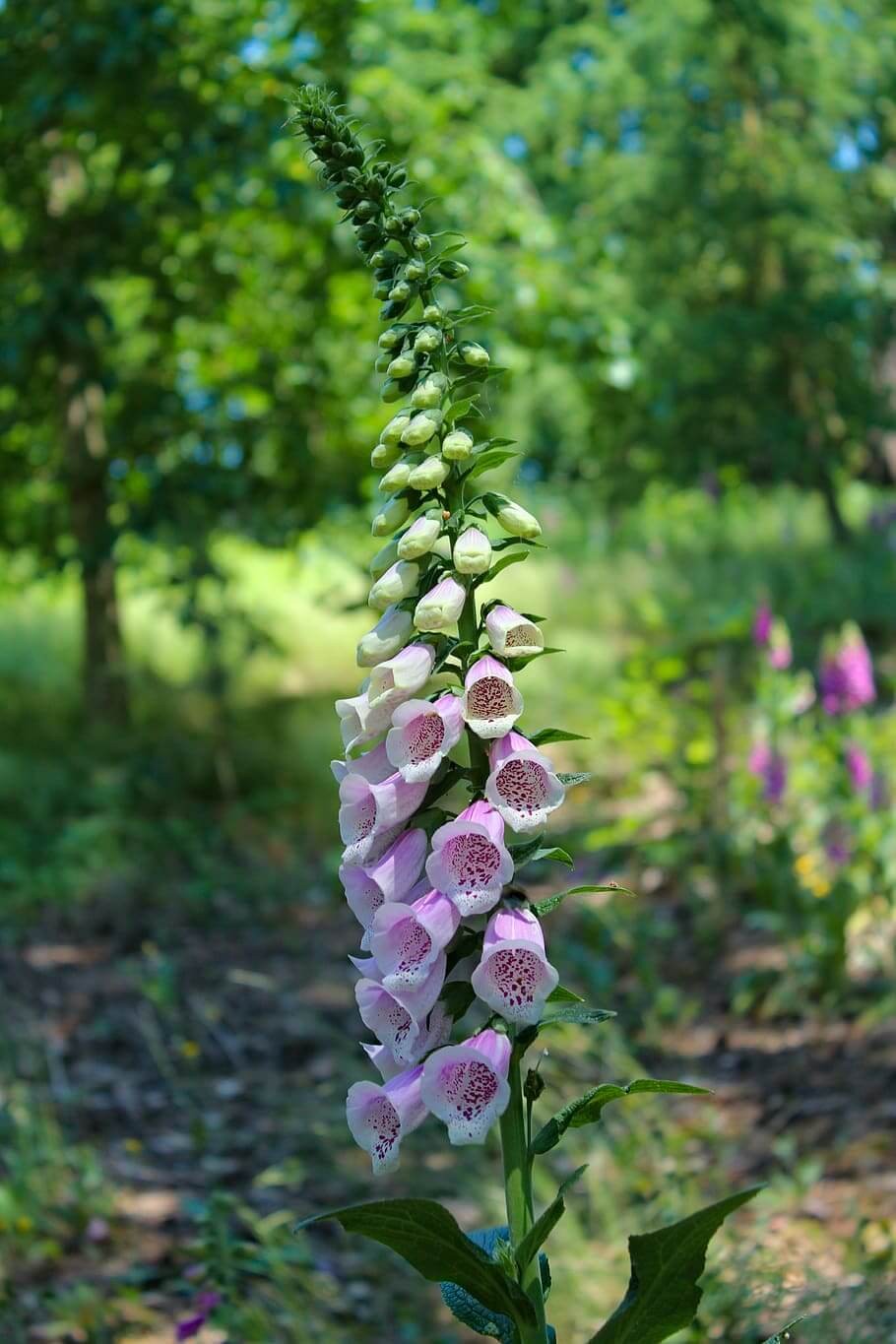
For optimal growth, it’s recommended to plant foxglove during the spring or fall seasons when the soil is more receptive to new roots. While the plants don’t require intense soil maintenance, a layer of mulch can be beneficial in hot weather to prevent moisture loss. When it comes to propagation, scattering the fine seeds over the soil surface in early spring is an effective method. Simply rake them gently into the soil and cover with a thin layer of damp peat moss for optimal germination.
For a stunning display, consider dedicating a specific area of your garden to foxgloves and enjoying their tall, statuesque beauty.
The Foxglove Choices
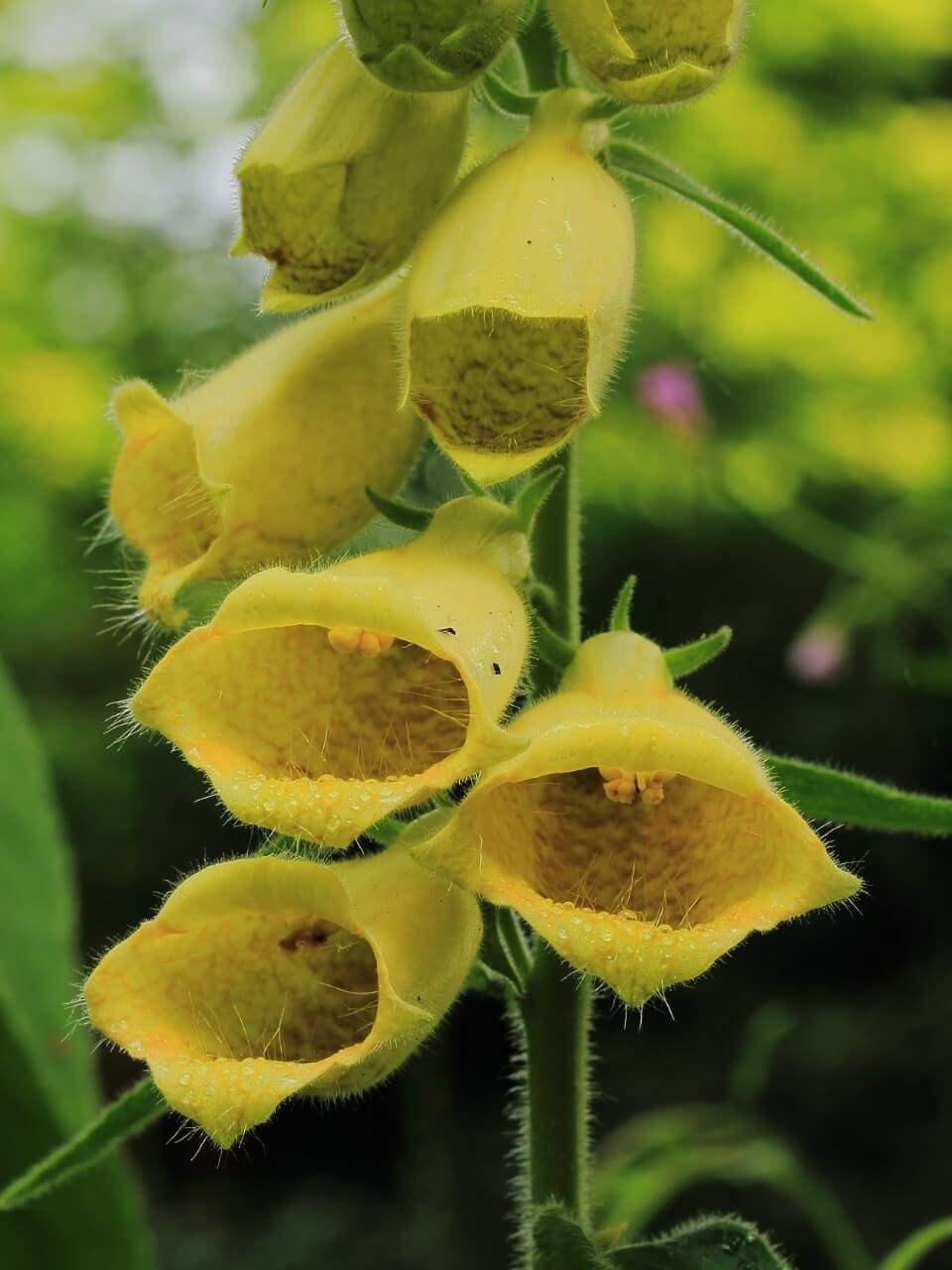
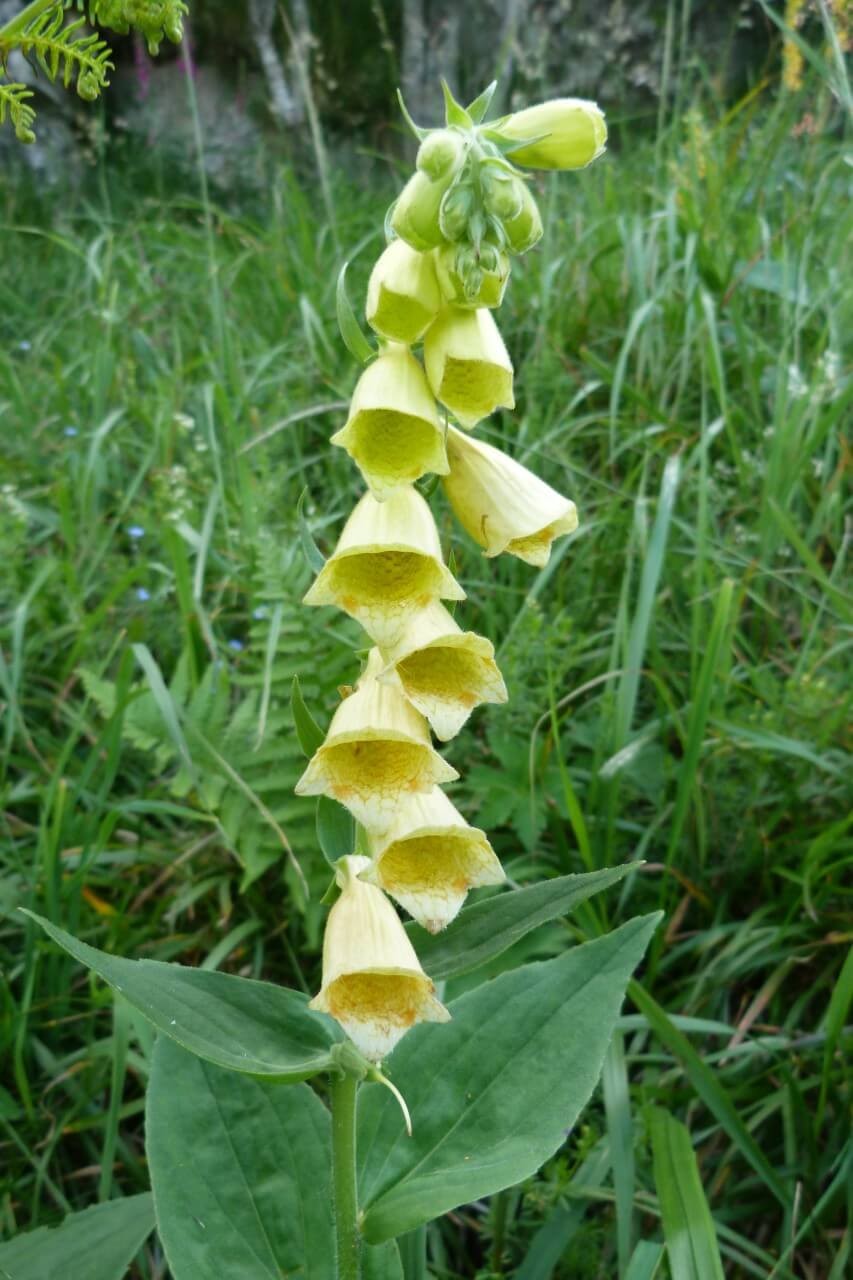
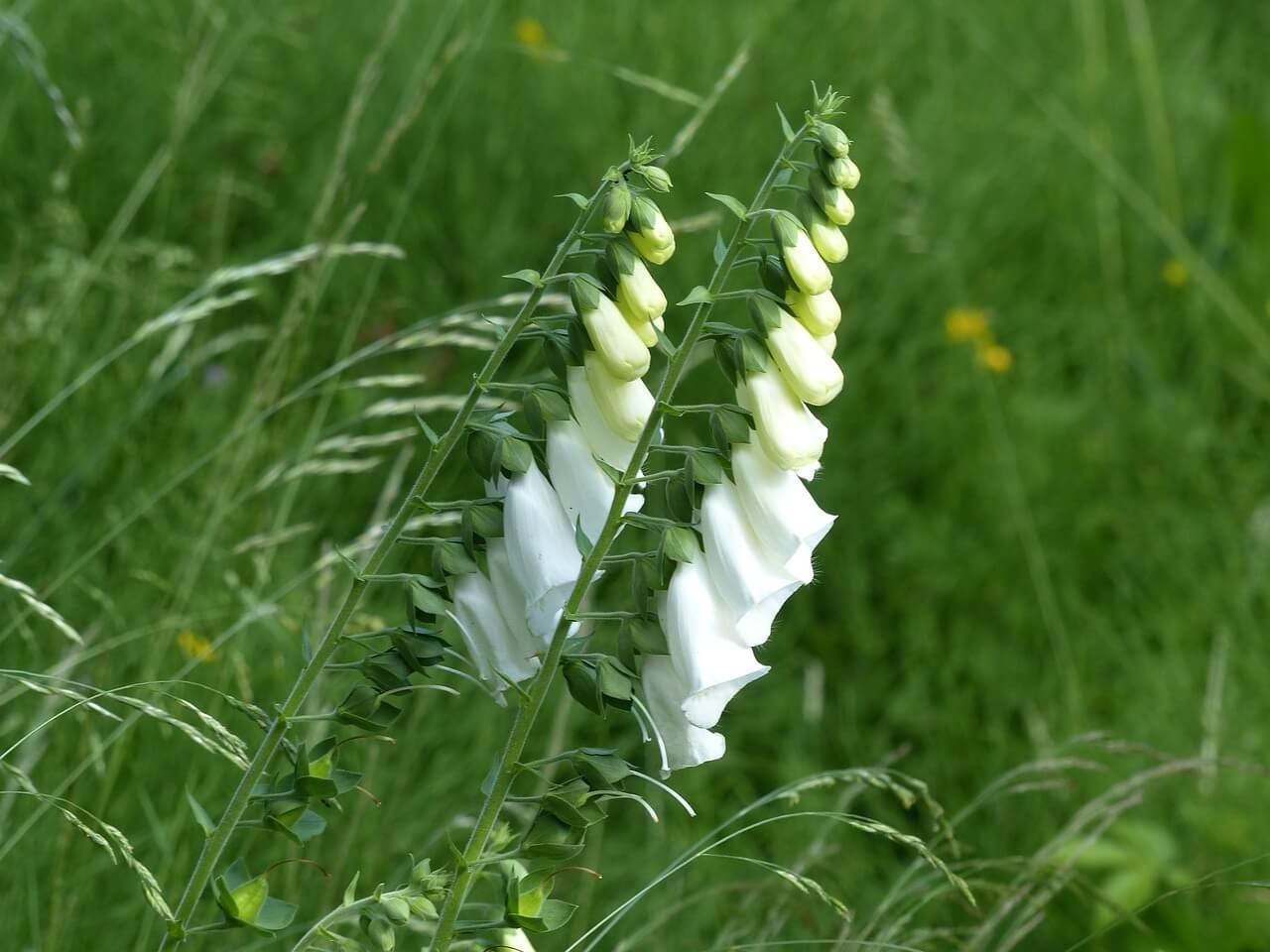
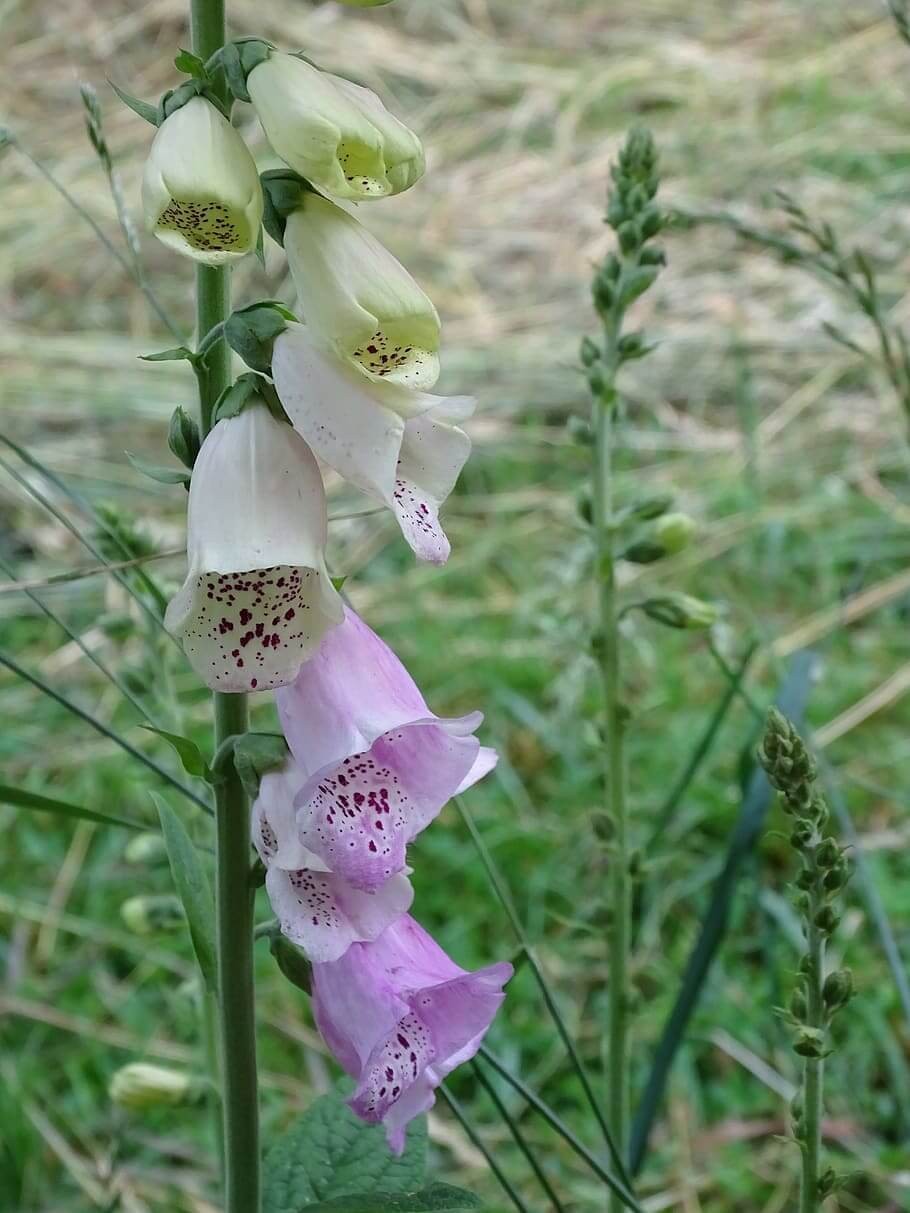
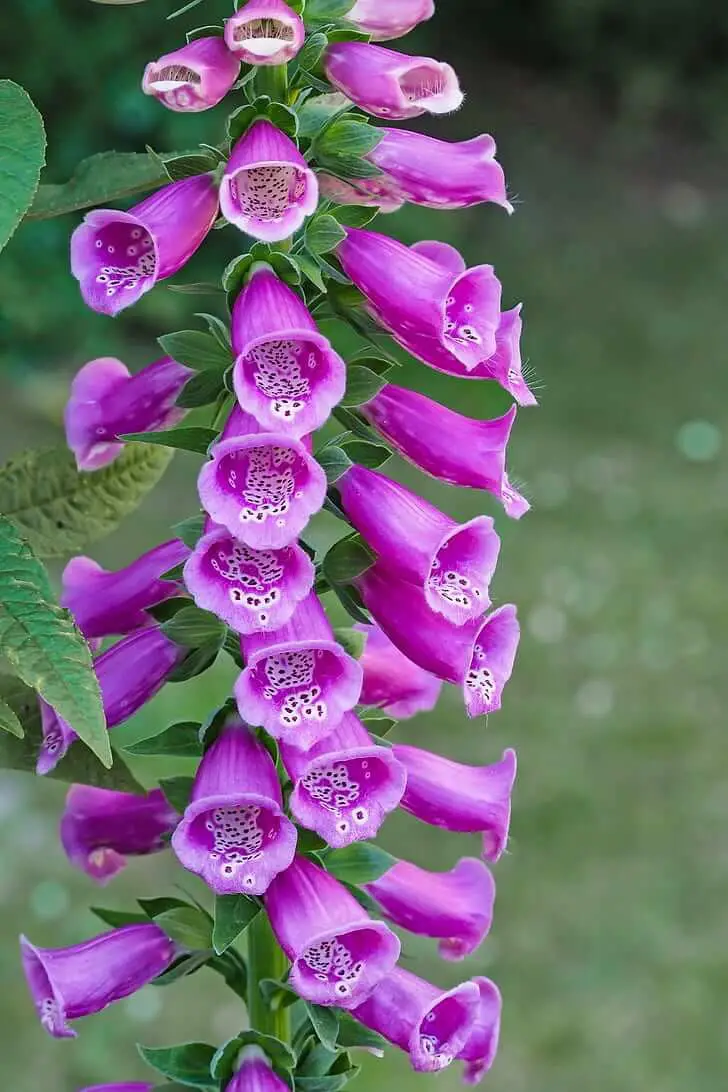
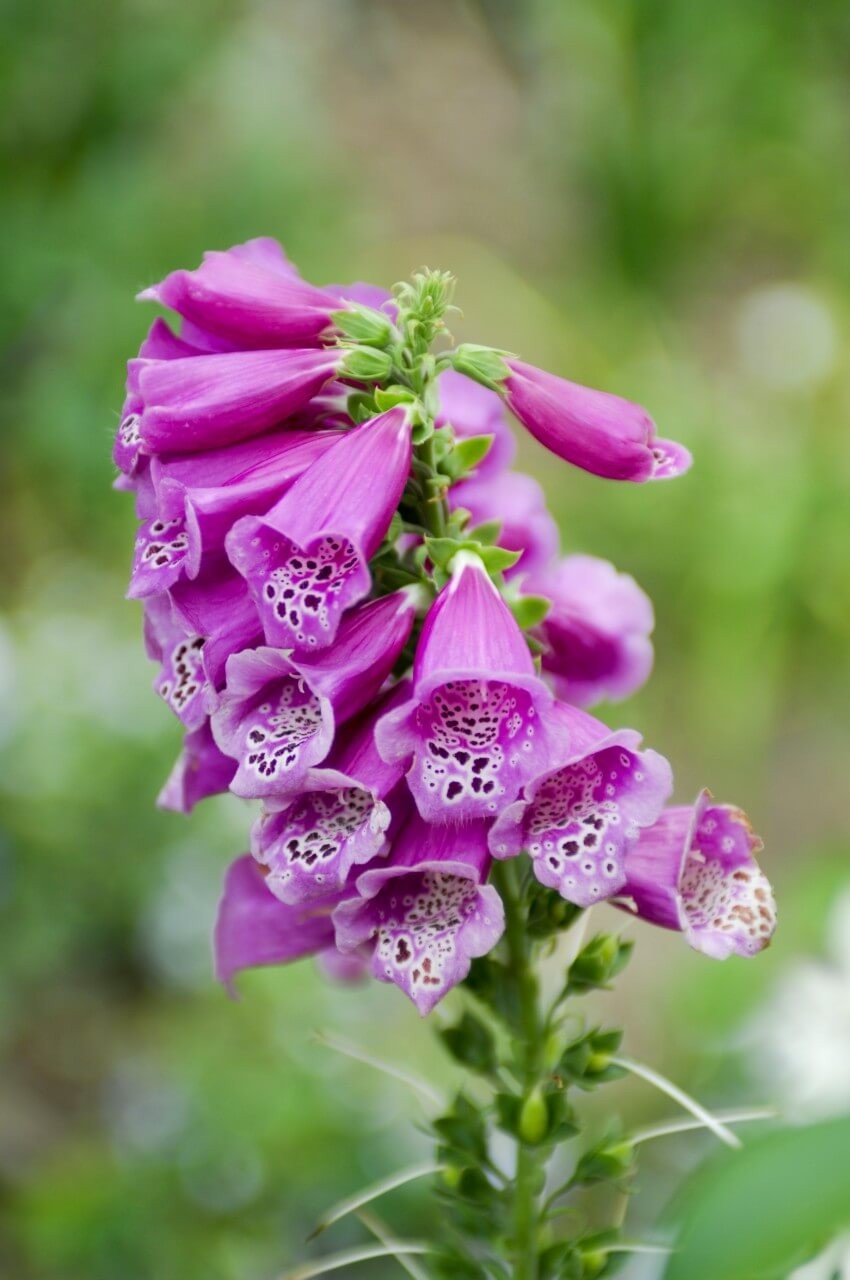
The Digitalis genus comprises around 30 species, but only a few are suitable for home gardens. The most popular and best-performing varieties include Digitalis grandiflora, Digitalis lutea, and Digitalis purpurea. Among these, Digitalis grandiflora stands out as a perennial that grows up to 3 feet tall, boasting impressive 2-inch long florets with yellow and brown tones. Notably, this species may require pinching off finished flower stalks to encourage side-shoots and additional flowering stems.
Digitalis lutea is another perennial that thrives at heights of 1-2 feet, producing small yet vibrant yellow flowers measuring around an inch in length. These blooms appear from May to July. The common English foxglove, Digitalis purpurea, is a biennial or short-lived perennial that can reach impressive heights of up to 7 feet. While it’s commonly known as ‘Excelsior’ and ‘Shirley Hybrids’, these varieties are particularly sought after by gardeners.
Interestingly, the name ‘foxglove’ stems from the plant’s common nickname ‘Bloody Fingers’, a reference to the shape of the florets along the stems. The Latin name for foxglove is digitalis, which also happens to be the name of the heart medicine derived from these plants. As you might expect, they are indeed toxic. Foxgloves can be grown in borders or naturalized under trees where dappled shade prevails throughout the day.
They’re also excellent as cut flowers and can thrive in pots, a popular concept among Victorian gardeners. Notably, foxgloves are hardy to Zone 4.






